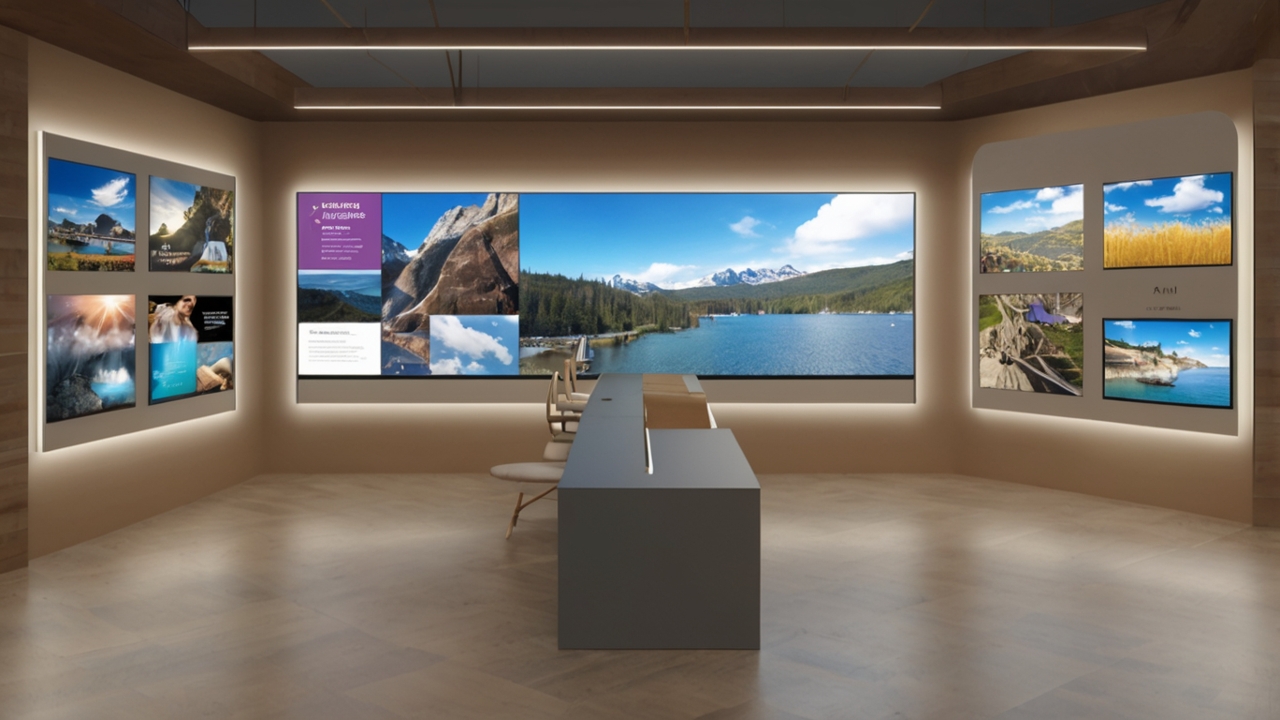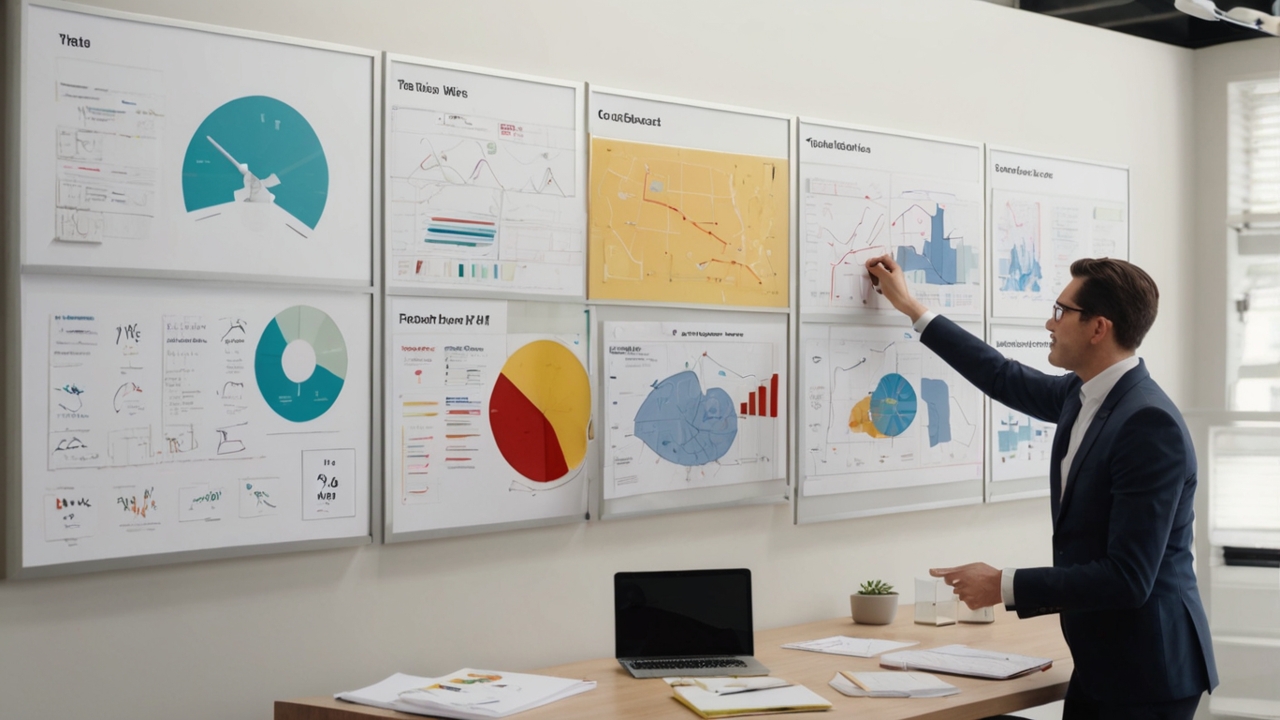Mayumiotero – visual designers demand more than just high resolution or screen size. One of the most significant factors influencing design quality is the type of monitor used—particularly, HDR (High Dynamic Range) versus SDR (Standard Dynamic Range). But which one is truly better for design work?
Understanding the Fundamentals of HDR and SDR
To begin with, it’s essential to understand what HDR and SDR represent. HDR monitors are capable of displaying a wider range of colors, brightness, and contrast. In contrast, SDR monitors follow a more traditional approach with a limited dynamic range. This fundamental distinction greatly affects the final visual output on screen.
“Read more: Micro-Journaling: The 2-Minute Technique for Self-Reflection and Mental Detox“
Color Accuracy and Visual Depth
Next, when it comes to color accuracy—a critical factor in design—HDR monitors stand out. They produce more vibrant, realistic colors and maintain color integrity even in challenging lighting conditions. Meanwhile, SDR monitors may lack depth in shadows and highlights, which could affect projects requiring precise color grading or contrast.

Brightness and Contrast Levels
Moreover, HDR monitors excel in brightness and contrast. They display stunning details in both dark and bright areas simultaneously. This capability becomes especially beneficial when working on high-contrast design compositions. On the other hand, SDR monitors often struggle to deliver this level of dynamic detail, particularly in low-light scenes.
Content Compatibility Considerations
However, it’s important to remember that not all content or software fully supports HDR. Many digital assets are still created in SDR, which remains the standard for web and mobile design. Therefore, unless your design work specifically targets HDR-capable platforms like 4K video or gaming, SDR monitors may still be sufficient for your needs.
Market Availability and Pricing Differences
When deciding between HDR and SDR, budget becomes a significant factor. Generally, HDR monitors are more expensive due to their advanced display technology. If you’re a beginner or working on simpler design tasks, a high-quality SDR monitor might offer the best value. Conversely, investing in HDR is a strategic move for professional designers aiming for future-proof performance.
User Experience and Workflow Efficiency
In addition, HDR monitors offer a more immersive and comfortable visual experience. Thanks to deeper color depth and better contrast, prolonged design sessions are less straining on the eyes. For users upgrading from SDR, it may take some time to adjust to HDR’s sharper visuals—but the improvement is usually worth the transition.
Choosing the Right Monitor for Your Design Needs
Ultimately, the choice between HDR and SDR depends on your specific design goals. HDR monitors are ideal for professionals involved in film editing, advanced 3D modeling, or print-ready visualizations. Meanwhile, SDR monitors continue to serve well for basic graphics, UI/UX design, and web content creation. Understanding your needs and workflow will guide you toward the best decision.



